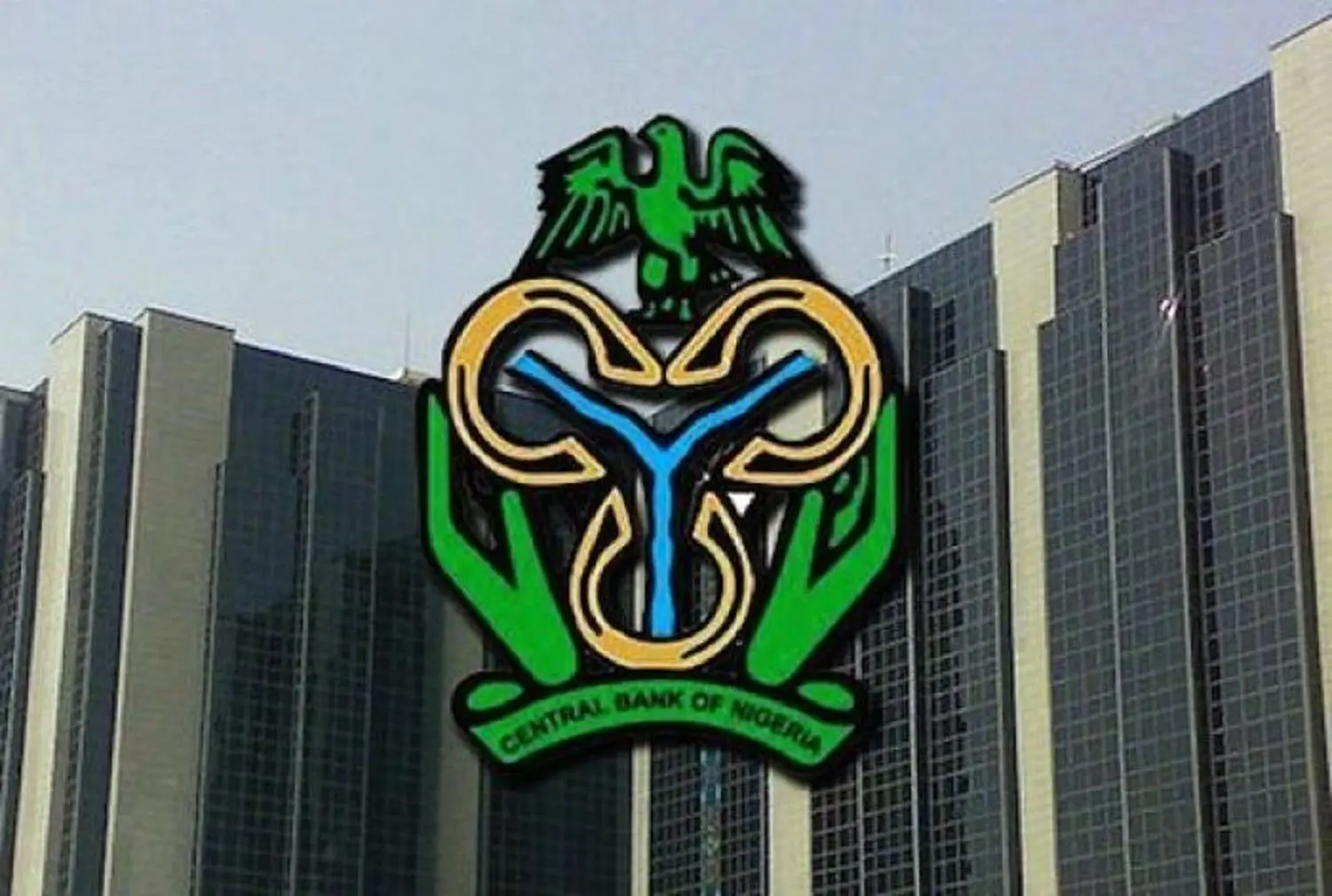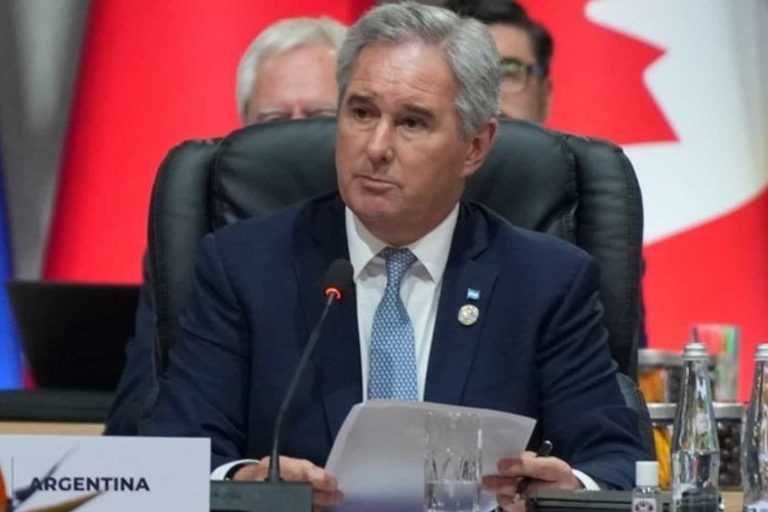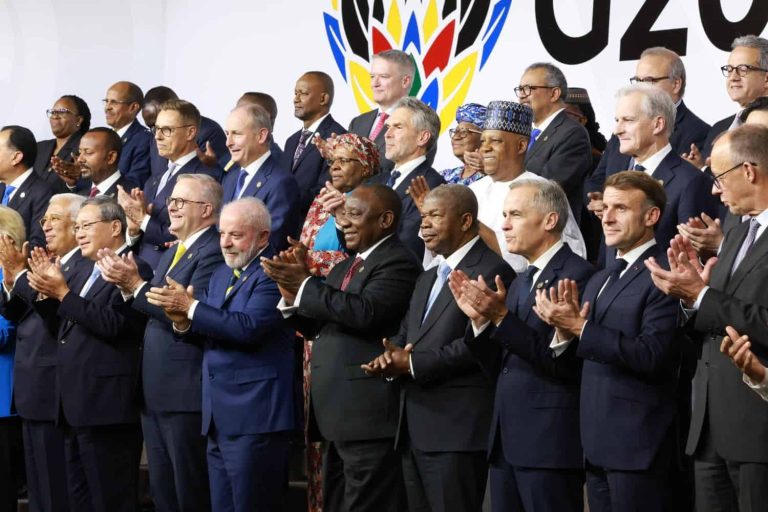
Nigeria’s external sector showed marked improvement in the second quarter of 2025, as the country’s current account surplus surged to $5.28 billion, up from $2.85 billion in Q1, according to the Central Bank of Nigeria (CBN).
The development signals renewed resilience in the economy’s external position, with the CBN attributing the growth to stronger foreign exchange inflows, exchange rate stability, and tighter monetary policy.
In a Frequently Asked Questions (FAQ) document published on its website on Tuesday, the apex bank confirmed that gross external reserves rose to $43.05 billion as of September 11, providing the country with 8.28 months of import cover.
“The growth in external reserves serves as a source of confidence to citizens, foreign and local investors, and other economic agents,” the CBN noted.
The external reserve level represents Nigeria’s highest since September 2019, when it last reached $41.99 billion. The current rise follows an increase of over $692 million in just 18 days, with reserves steadily climbing since July 14, 2025.
The CBN credited the uptick in reserves and surplus to multiple factors, including: Sustained exchange rate stability, Moderation in petroleum product prices and Tighter monetary conditions.
These factors have contributed to a more favorable balance of payments outlook. The reserve growth was also acknowledged by President Bola Tinubu during his Independence Day address on October 1, where he highlighted macroeconomic stability as one of the administration’s key achievements.
Monetary Policy Adjustments to Support Lending
Alongside improvements in the external sector, the CBN also announced recent policy shifts aimed at improving banking sector liquidity and stimulating productive lending.
The Cash Reserve Ratio (CRR) for commercial banks was reduced from 50% to 45%, easing liquidity pressures in the banking system.
“The reduction seeks to ease the liquidity burden on commercial banks, thereby providing more room for productive lending and intermediation,” the apex bank explained.
To control inflationary risk from non-TSA public sector funds, a 75% CRR was simultaneously imposed on deposits outside the Treasury Single Account (TSA).
“This measure ensures that these deposits do not contribute to inflationary pressure, which could undermine the current momentum of disinflation,” the statement added.
Despite the CRR changes, the CBN assured depositors that banks remain fully capable of meeting all legitimate obligations and that full access to funds is guaranteed.
Policy Rate Cut Signals Confidence in Disinflation
In a move seen as a nod to the country’s improving inflation outlook, the Monetary Policy Committee (MPC) reduced the Monetary Policy Rate (MPR) by 50 basis points from 27.5% to 27%.
“The MPC lowered the MPR… in response to the sustained decline in inflation over the past five months and in anticipation of further decline for the remainder of 2025,” the CBN said.
The central bank emphasized that the rate cut is intended to support the federal government’s economic recovery agenda without sacrificing macroeconomic stability.
Shift to Symmetric Policy Corridor for Improved Market Efficiency
In a bid to enhance the effectiveness of its monetary policy transmission, the CBN also announced a revision to the Standing Facilities corridor, narrowing it from an asymmetric +500/-100 basis points to a symmetric +250/-250 basis points around the MPR.
This adjustment aligns with the bank’s efforts to:
- Improve liquidity management
- Reduce volatility in overnight interest rates
- Encourage interbank market efficiency
“Standing facilities refer to monetary policy instruments that allow the CBN to provide or mop up overnight liquidity,” the bank explained.
The two instruments Standing Lending Facility (SLF) and Standing Deposit Facility (SDF) are now operating within a symmetrical range, promoting more active interbank trading and efficient liquidity flow within the financial system.
Balancing Inflation Control with Real Sector Growth
Despite easing certain policy tools, the CBN reaffirmed its commitment to fighting inflation while supporting the real economy, especially Micro, Small, and Medium Enterprises (MSMEs).
“We are using conventional monetary policy tools to anchor inflation expectations while ensuring a stable and robust financial system,” the apex bank said.
Additionally, the bank reiterated its role as the lender of last resort, providing short-term liquidity to commercial banks through its Standing Lending Facility, helping them meet customer demands without disrupting systemic stability.



